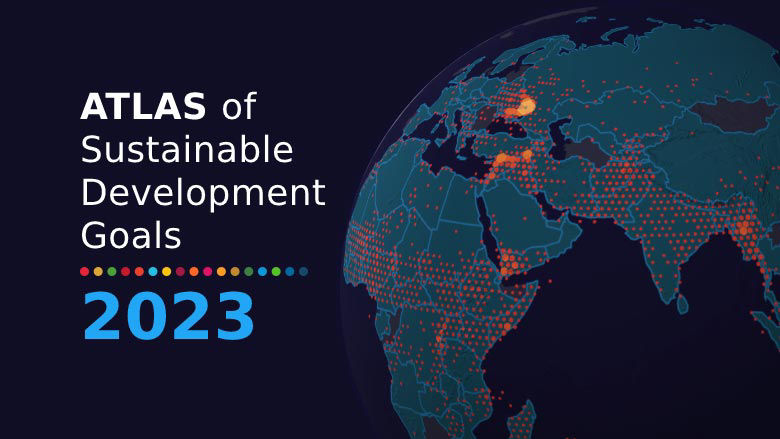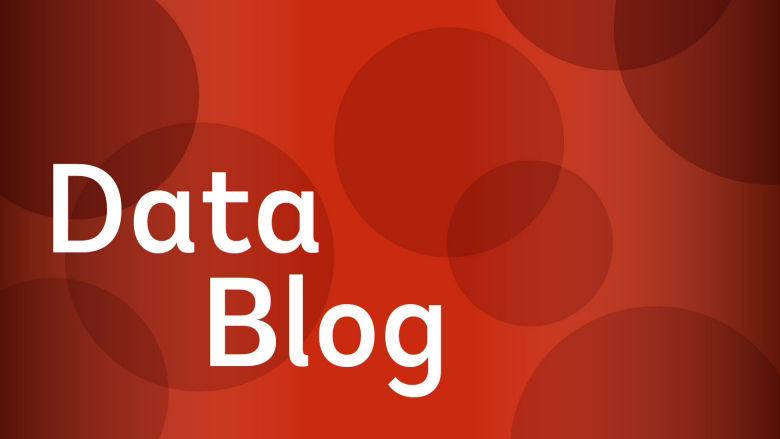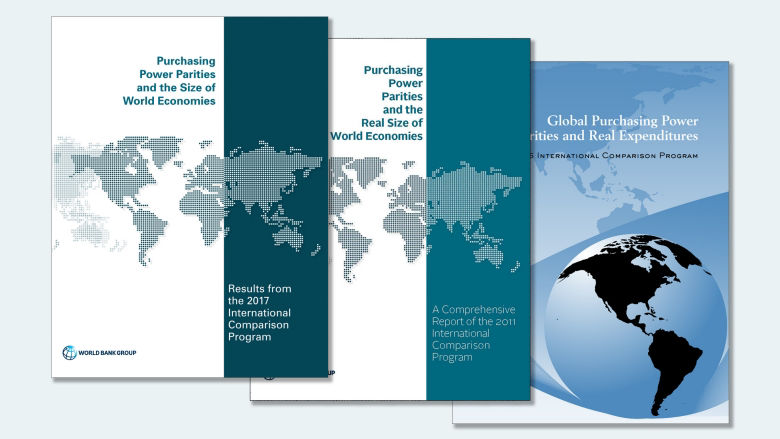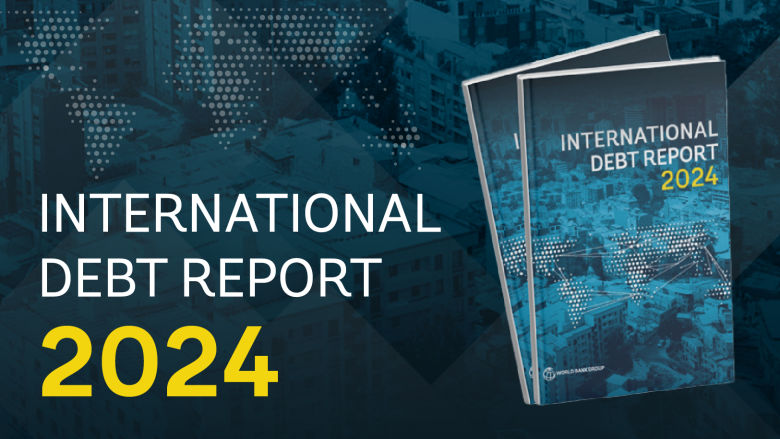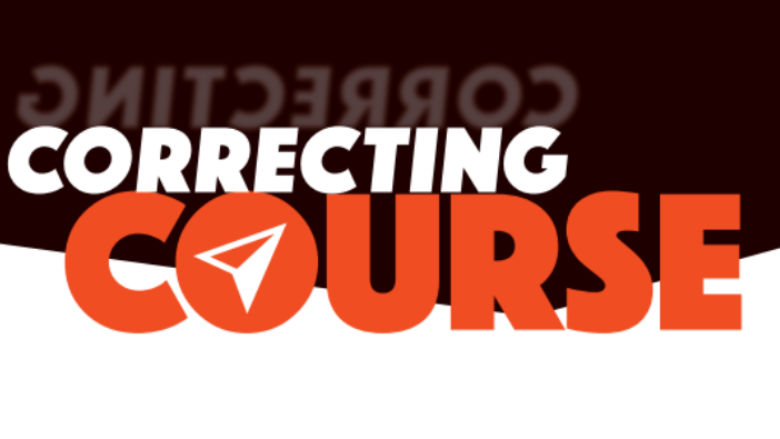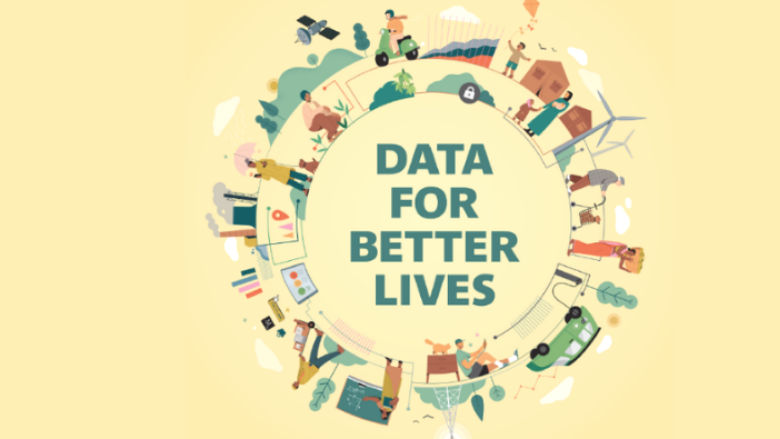Development Data Group
- Home
- About Us
- Impact
- Key Products
- Knowledge Hub
- News and Events
Key Publications
-
The Atlas of Sustainable Development Goals presents interactive storytelling and data visualizations about the 17 SDGs.
-
The Data Blog creates an online dialogue for development issues, recent trends, and data on topics ranging from satellite measurements, and survey analysis to fertility rates, migration, and energy.
-
ICP (International Comparison Program) Reports
ICP (International Comparison Program) Reports
Reports for each recent ICP cycle provide results and analyses together with overviews and methodology, governance, coverage, the history of the program.
-
International Debt Report
International Debt Report
The International Debt Report (formerly International Debt Statistics) features external debt statistics and analysis for low- and middle-income countries.
-
Poverty and Shared Prosperity Report
Poverty and Shared Prosperity Report
ÄľąĎÓ°ÔşˇŻs Poverty and Shared Prosperity series provides the latest estimates and trends in global poverty and shared prosperity.
-
World Development Report 2021: Data for Better Lives explores the tremendous potential of the changing data landscape to improve the lives of poor people.
DATA COLLECTION AND MANAGEMENT
-
Debtor Reporting System
The Debtor Reporting System (DSR) collects detailed information at the loan level for external borrowing of reporting countries using standardized set of forms.
-
International Comparison Program
The International Comparison Program (ICP) is a worldwide statistical initiative to collect comparative price data and detailed GDP expenditures to produce purchasing power parities (PPPs) for the world's economies.
-
Living Standards Measurement Study
The Living Standards Measurement Study (LSMS) is the World Bank's flagship household survey program focused on strengthening household survey systems in client countries and on improving the quality of microdata to better inform development policies.
-
Survey Solutions is free software and a globally trusted platform for data collection used by national data collecting agencies.
DATA ANALYSIS
-
The Data Lab improves internal coordination between World Bank data talent, expands pro-bono partnerships with private firms and academic institutions, and builds World Bank staff awareness and capacity to deliver modern data solutions in operations and research.
-
 Geospatial Operational Support Team
Geospatial Operational Support TeamThe Geospatial Operational Support Team (GOST) supports World Bank operations to integrate geospatial dataˇŞmatched to measures of location, from countries and municipalities to specific coordinatesˇŞinto their project design and implementation for development impact.
-
The Global Electrification Platform (GEP) is an open access, interactive, online platform that allows for overview of electrification investment scenarios for a selection of countries.
-
The Global Infrastructure Map makes available all available global geospatial data layers relevant to infrastructure in a single user-friendly platform.
-
Light Every Night (World Bank Nighttime Light Data) provides open access to all nightly imagery and data from the Visible Infrared Imaging Radiometer Suite Day-Night Band (VIIRS DNB) from 2012-2020 and the Defense Meteorological Satellite Program Operational Linescan System (DMSP-OLS) from 1992-2013.
-
The REZoning tool is an interactive, web-based platform designed to identify, visualize, and rank zones that are most suitable for the development of solar, wind, or offshore wind projects.
-
Statistical Performance Indicators
The Statistical Performance Indicators (SPI) provide an open-source framework for assessing the performance of statistical systems and the efforts to improve them.
-
ÄľąĎÓ°Ôş assigns the worldˇŻs economies to four income groupsˇŞlow, lower-middle, upper-middle, and high income. The classifications are updated each year on July 1 and are based on the GNI per capita, Atlas method, of the previous year.
-
ÄľąĎÓ°Ôş Data Help Desk provides machine-readable open access to the World Bank GroupˇŻs development datasets and data catalog to promote data innovation and collaboration worldwide.
DATA IMPACT
-
The Atlas of Sustainable Development Goals is a visual resource showcasing the role of data in achieving the SDGs and highlighting the areas where data gaps negatively impact progress.
-
The Data Catalog is the World BankˇŻs official one-stop shop for the latest development data. Making high-impact data easy to access and use helps us deliver better results and improve life for the poorest and most vulnerable.
-
Data Use and Literacy Program
The Data Use and Literacy Program works to build capacity for data literacy and data use, enable data-driven decision-making, and democratize participation in the data revolution across low- and middle-income countries.
-
The DataBank provides services to organize and structure data, automate data processing, detect anomalies, standardize codes, identifiers and aggregates, and disseminate data following internal and international best practices.
-
The Development Data Partnership is a partnership between international organizations and companies, created to facilitate the use of third-party data in research and international development.
-
The 50x2030 Initiative to close the agricultural data gap is a multi-partner program that seeks to bridge the global agricultural data gap by transforming country data systems in 50 countries in Africa, Asia, the Middle East and Latin America by 2030.
-
Food Prices for Nutrition DataHub
The Food Prices for Nutrition DataHub provides access to global statistics on the cost and affordability of healthy diets and related indicators.
-
ÄľąĎÓ°Ôş's Gender Data Portal makes the latest gender statistics accessible through compelling narratives and data visualizations to improve the understanding of gender data and facilitate analyses that inform policy choices.
-
Global Data Facility
The Global Data Facility (GDF) is an innovative global funding instrument that enables long-term support and durable transformation of data systems and data capital in low- and middle-income countries to improve lives and safeguard the planet.
-
The Microdata Library shares data collected by the World Bank and other international, regional and national organizations through sample surveys of households, business establishments, or other facilities.
-
The Open Data Site makes all the World Bank's open data resourcesˇŞpresently including more than 4,000 datasets and 20,000 indicators, encompassing microdata, time series statistics, and geospatial dataˇŞeasy to find, download, and use.
-
The Poverty & Inequality Platform (PIP) is a powerful source for country-specific, cross-country, and global information, including for monitoring the SDGs on poverty (SDG1) and inequality (SDG10).
-
 Purchasing Power Parities for Policy MakingA Visual Guide to Using Data from the International Comparison Program
Purchasing Power Parities for Policy MakingA Visual Guide to Using Data from the International Comparison ProgramThis guide provides an overview of how PPPs, price levels and other ICP results enable a wealth of indicators that allow users to measure the effectiveness of current domestic policies, compare themselves with other economies, and track development and progress over time.
-
The World Development Indicators (WDI) is a compilation of relevant, high-quality, and internationally comparable statistics about global development and the fight against poverty.
-
The World Integrated Trade Solution (WITS) software provides access to international merchandise trade, tariff and non-tariff measures (NTM) data.

VIDEO: Advancing Gender Equality through Household Surveys: Living Standards Measurement Study¨CPlus (LSMS+)
VIDEO: Data Literacy for All: Using Data to Tackle Challenges, Improve Lives, and Safeguard our Planet
VIDEO: Development Data Partnership
VIDEO: From Local Prices to the Global Economy: How Data from the International Comparison Program Help Us Understand Our World Today
VIDEO: Increasing the Use of Data for Prosperous Nepal
VIDEO: Putting Mobile Phone Data to Work for Development
